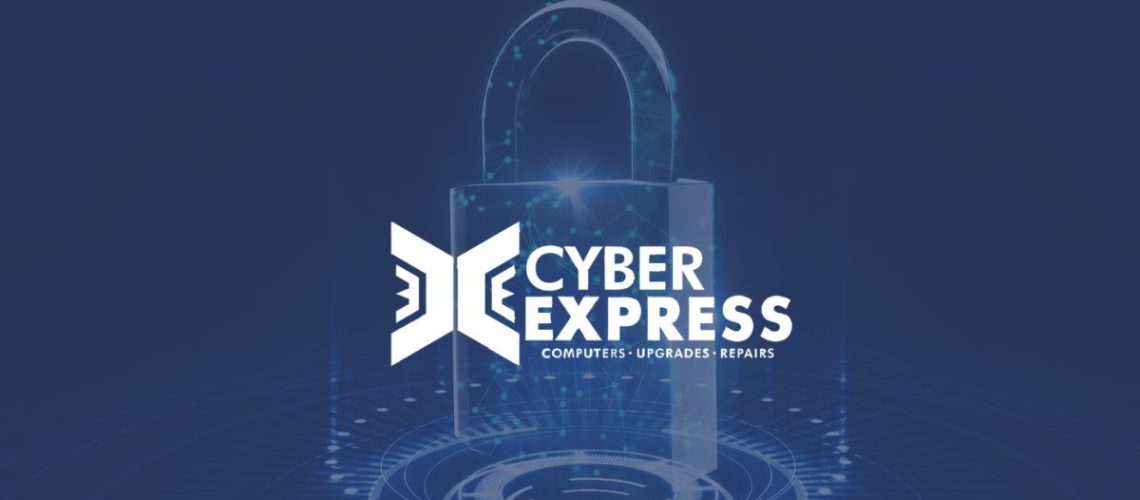Introduction
In the face of rapidly evolving cyber threats, maintaining advanced and effective security measures is critical for the protection of sensitive data. A significant majority of business leaders acknowledge substantial benefits from their data privacy initiatives, highlighting the importance of robust security practices.
AI in Cybersecurity
Artificial Intelligence (AI) and Machine Learning (ML) are revolutionizing the field of cybersecurity. They provide enhanced capabilities for threat detection by analyzing large datasets to quickly spot abnormalities that might be missed by human analysts. AI also helps in predicting potential security vulnerabilities based on historical data, allowing for proactive measures. Additionally, AI enables automated responses to threats, including isolating affected systems and blocking malicious activities, thereby reducing the time and potential impact of security breaches.
The Persistence of Ransomware
Ransomware continues to pose a significant threat as cybercriminals refine their tactics. They are increasingly focusing on high-value targets to maximize ransom demands. The emergence of Ransomware-as-a-Service platforms has made it easier for individuals with limited technical knowledge to carry out attacks. Moreover, attackers are now engaging in double extortion tactics, where they not only encrypt data but also threaten to release stolen data unless the ransom is paid.
Proactive Data Governance
Organizations are beginning to implement security measures earlier in the data lifecycle, integrating data controls from the outset of data processing activities. This shift towards early security integration helps in embedding robust security measures that travel with the data throughout its lifecycle, especially as more organizations move towards cloud-based storage and processing. Ensuring compliance with increasingly stringent data privacy regulations such as GDPR and CCPA is also a major focus, requiring dedicated efforts towards data governance.
Zero Trust and Multi-Factor Authentication
The adoption of the Zero Trust security model reflects a significant shift in approach, assuming that no user or device should be trusted by default. This model requires rigorous verification of every access request, whether it originates inside or outside the network. Organizations are also implementing least privilege access policies to minimize potential damage from compromised credentials. Multi-factor authentication (MFA) enhances security by requiring additional verification factors, which provides a stronger defense against unauthorized access.
Biometric Data Protection
As biometric authentication technologies like facial recognition and fingerprint scanning become more common, protecting this type of data has become increasingly important. Ensuring the secure storage of biometric data, ideally in encrypted form, is essential to prevent unauthorized access. Companies must also navigate the complexities of stricter government regulations regarding the collection, use, and retention of biometric data, focusing on transparency and user consent to maintain compliance.
Conclusion
Navigating the complex landscape of data security in 2024 requires a proactive approach and a commitment to continuous improvement in security practices. Organizations should stay informed about emerging trends, invest in regular training, update security policies frequently, embrace new security technologies, and conduct comprehensive system testing. Initiating a data security assessment is an excellent starting point to ensure your organization is well-prepared to face these challenges. Contact us today to schedule your assessment and take a proactive step towards comprehensive data security.

